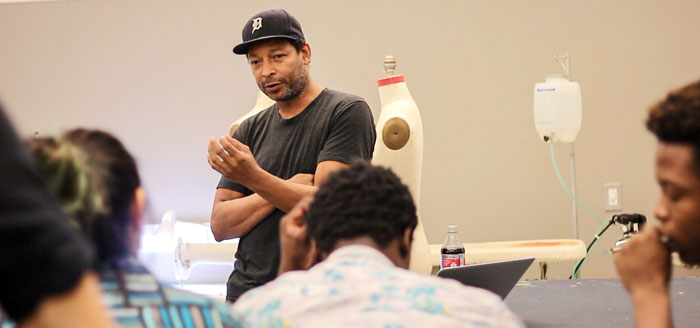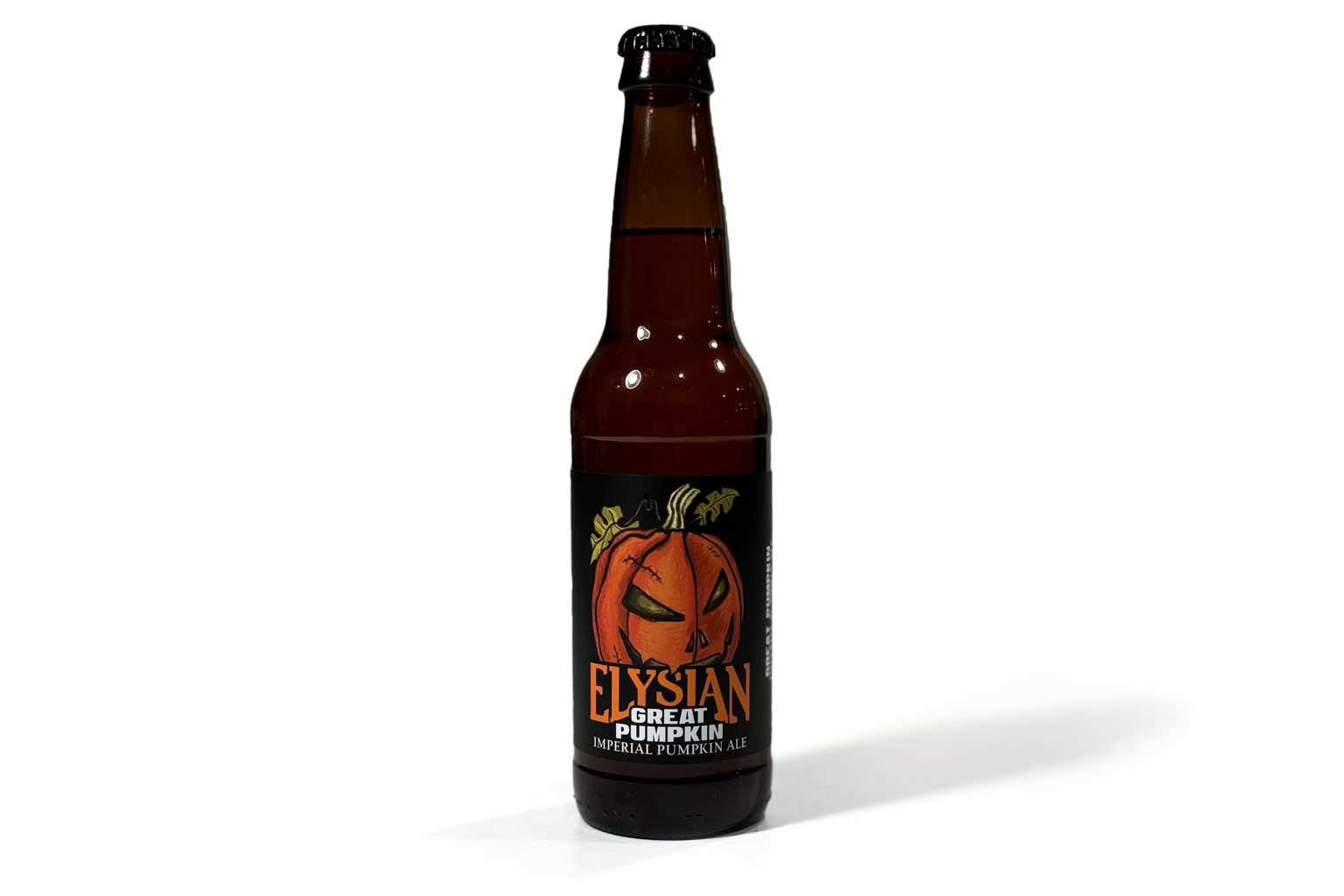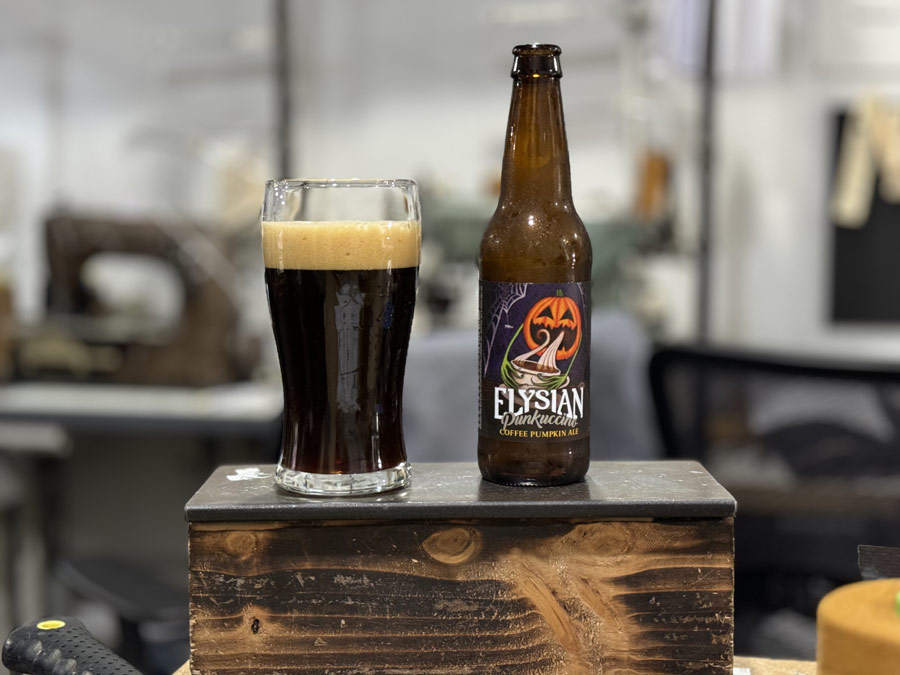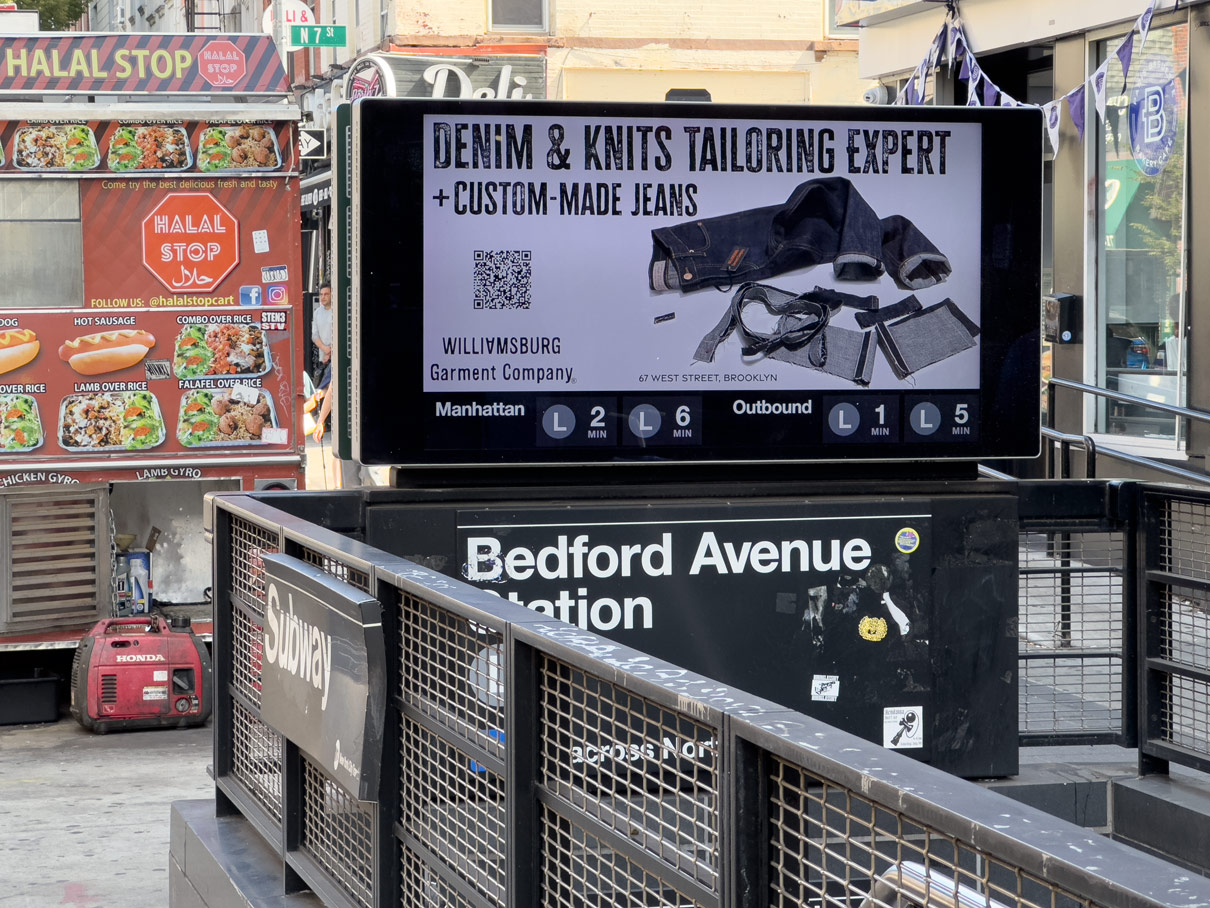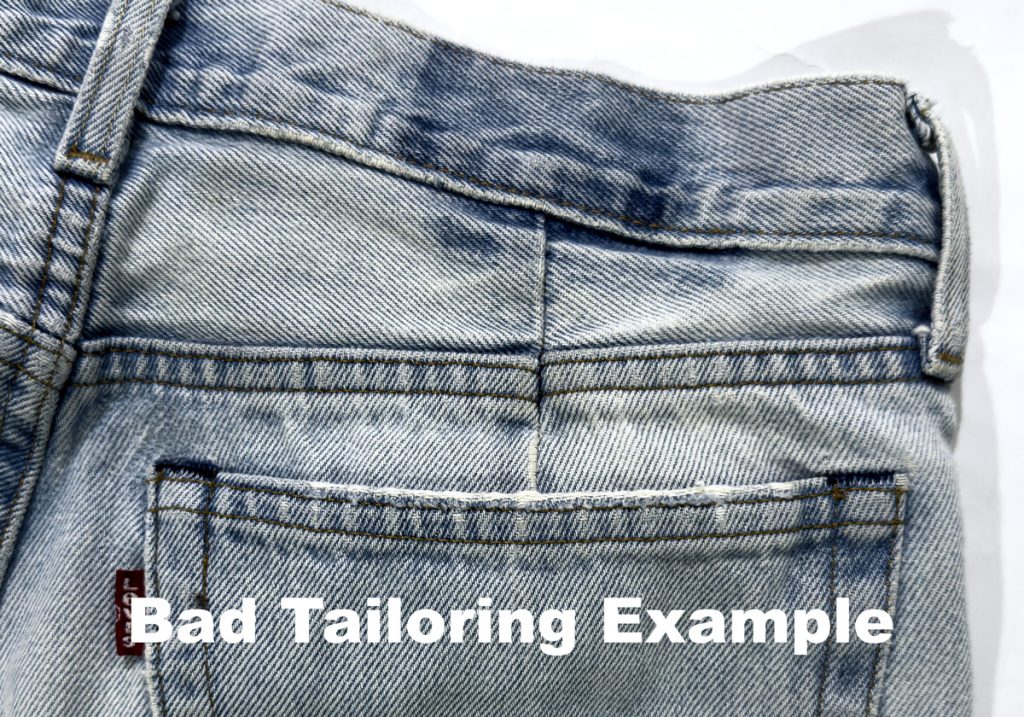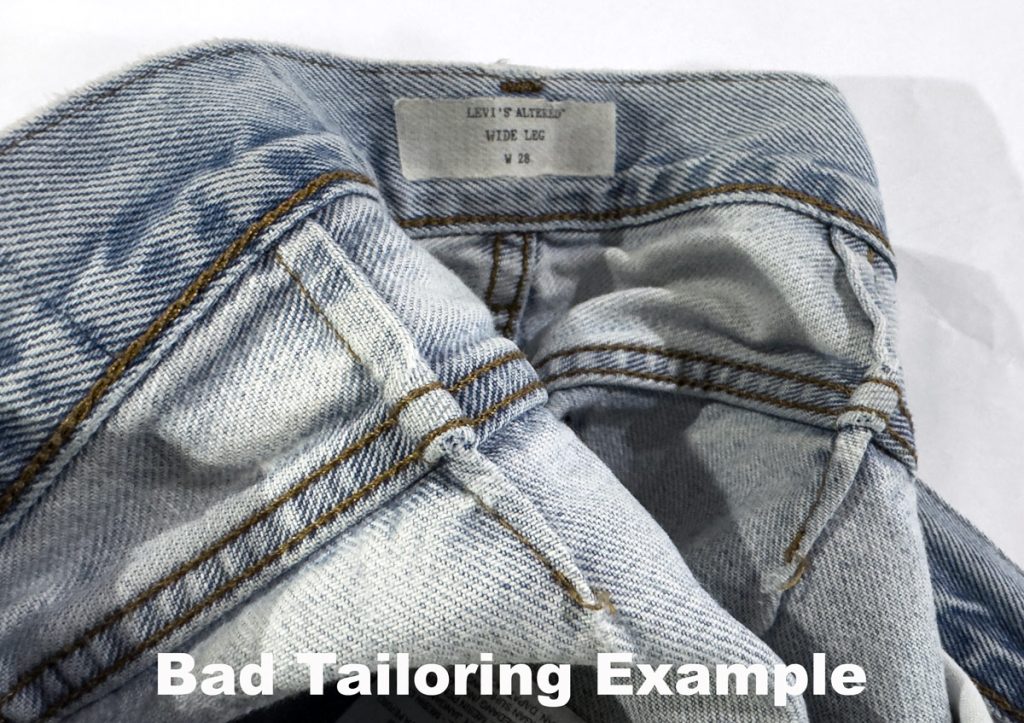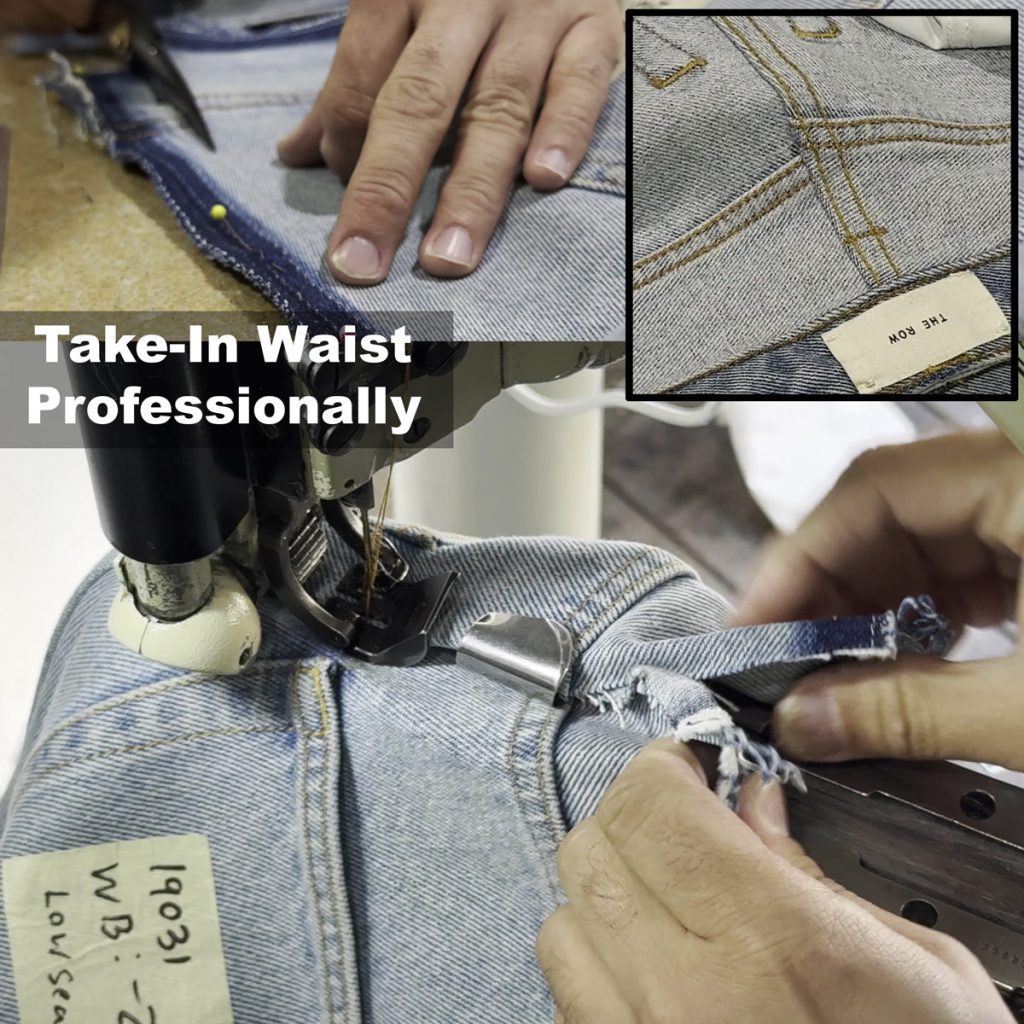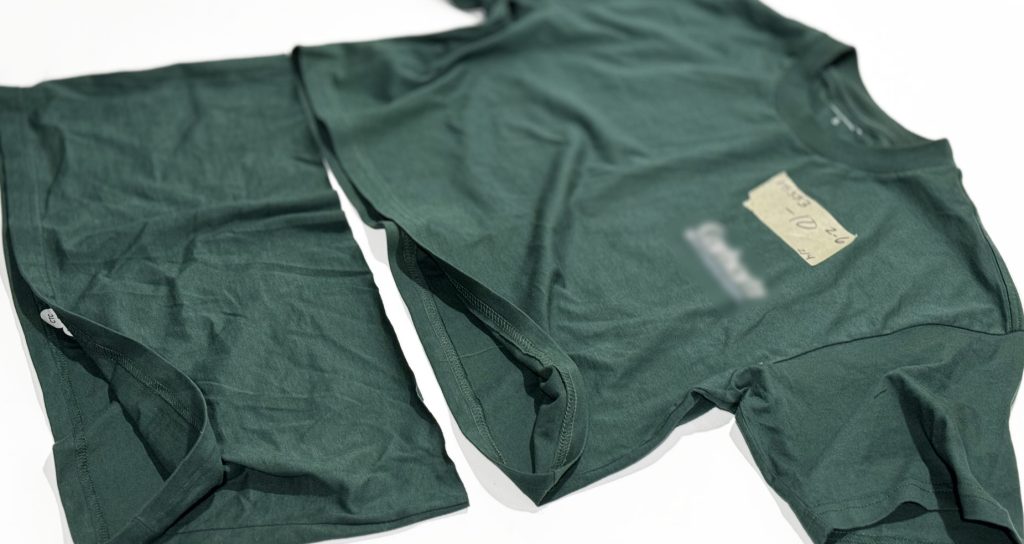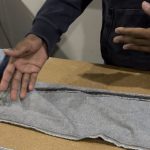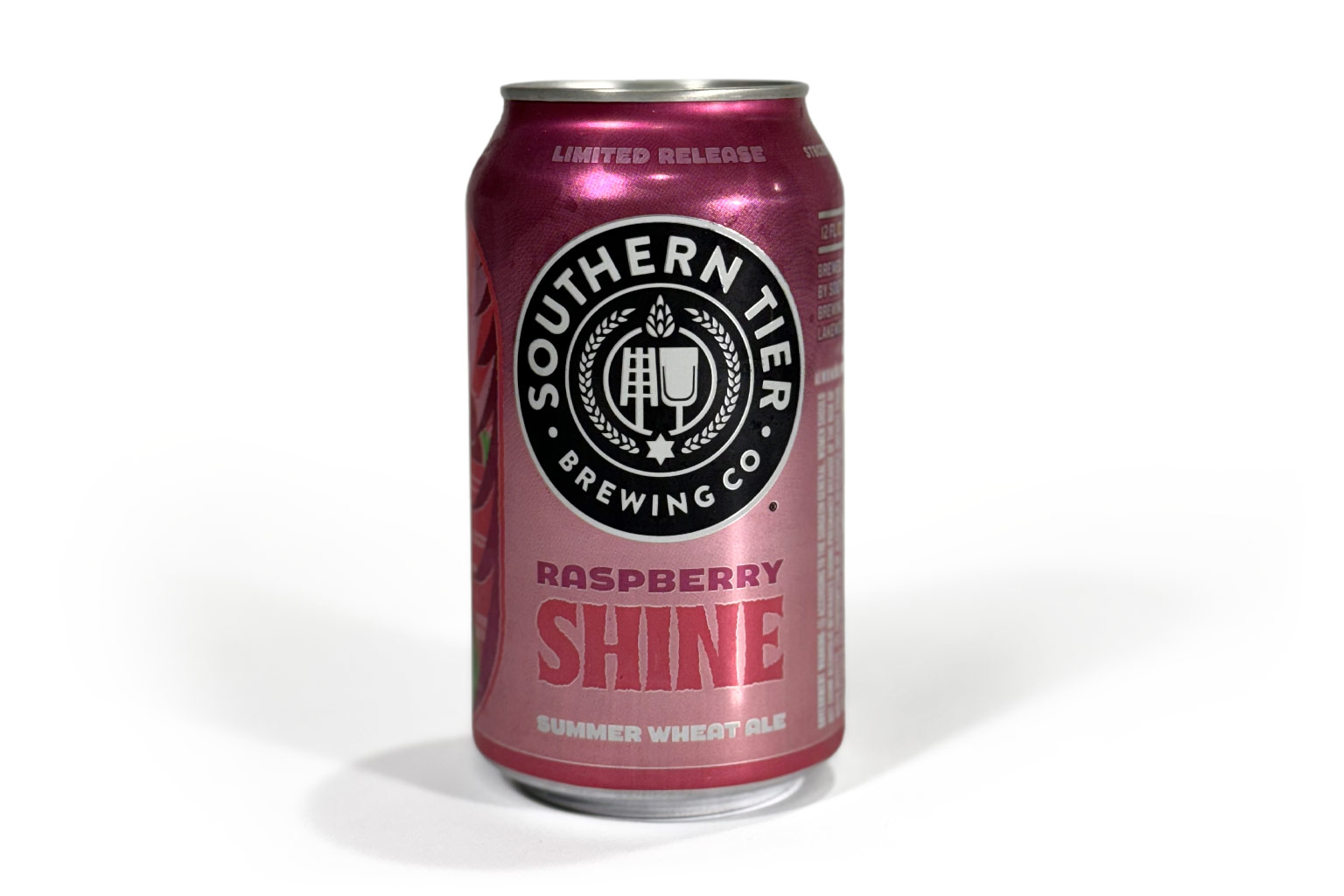
KCBC’s Vicious Crush Watermelon Lime Gose is one of the best watermelon beers I’ve had. It opens with a rush of sweet, tangy watermelon before easing into a smooth, salty linger that takes me back to childhood summers—watermelon with a sprinkle of salt. It’s a juxtaposition as intriguing as a Margarita, so don’t knock it until you try it.
Bright, refreshing, and full of character, this gose works in any season, but it feels essential for summer drinking. Balanced and playful, it’s the kind of beer that keeps you coming back for another sip.
- Style: Gose (Watermelon Lime Sour Ale)
- ABV: 5.2%
- IBUs: N/A
- Seasonal: Summer (Limited Release)
- Brewer: Kings County Brewers Collective (KCBC), based in Brooklyn, New York, is a standout in the city’s craft beer scene known for its bold, artistic can designs and inventive flavor combinations. Their beers often balance creativity with drinkability, and Vicious Crush Watermelon Lime Gose exemplifies that ethos—bright, tart, and refreshing with a touch of salt and fruit-driven flair.

